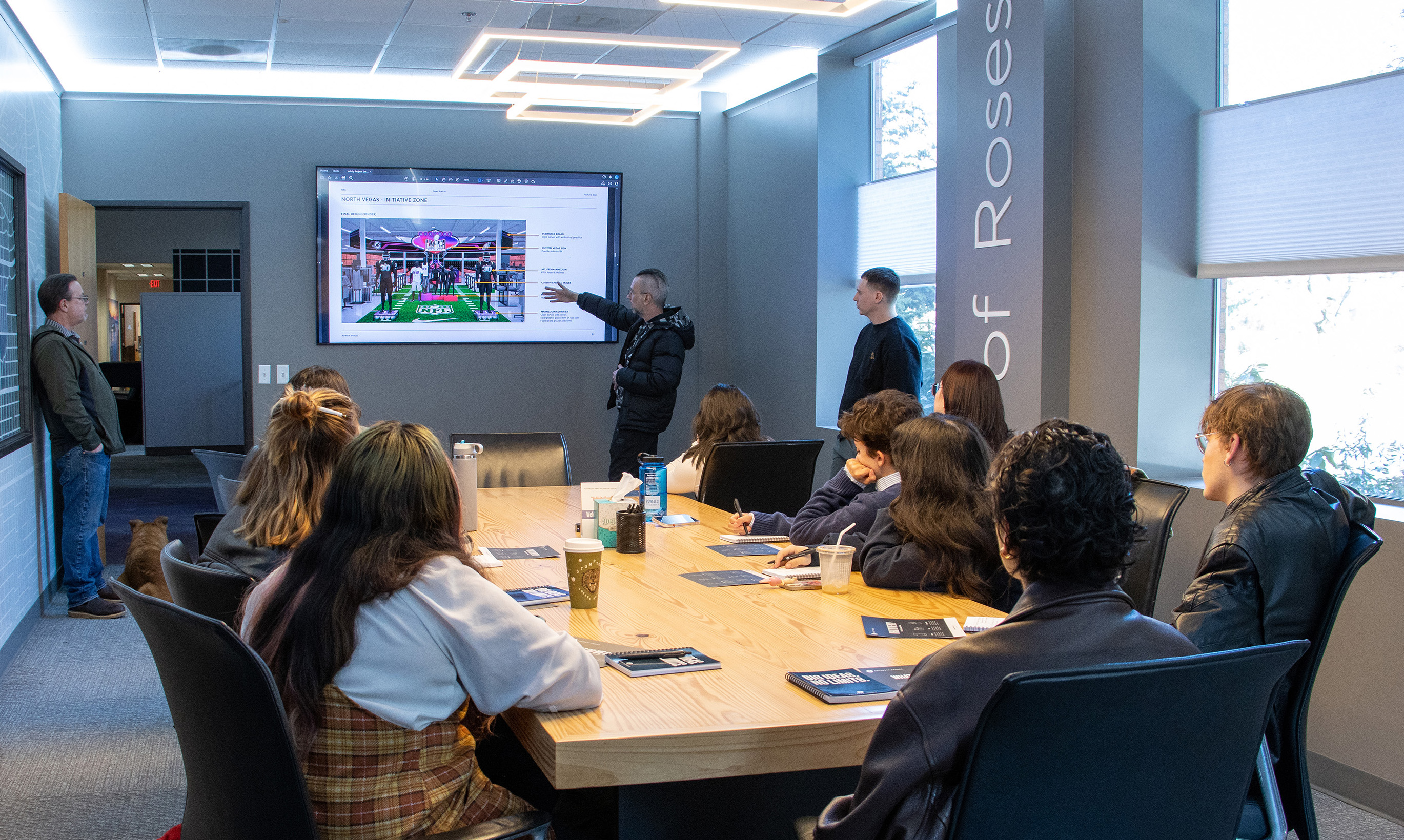
Save Time and Money with These Four Tips from Our Design Team
Collaborating with a design team should feel creative, not chaotic. At Infinity Images, we know that efficiency and clarity make all the difference between a smooth project and one that drags on or goes over budget. Our creative design team has compiled four practical tips to help streamline collaboration, reduce costs, and get the most out of your partnership with us — without sacrificing quality or creativity.
1. SHARE OVERARCHING BRAND GUIDELINES
Brand guidelines, also referred to as a brand style guide, detail who a company is and how it visually and verbally communicates with the public. Brand guidelines generally include the following components:
- Brand story
- Mission statement
- Vision statement
- Visual tone (look and feel)
- Brand voice
- Logo specifics and rules
- Brand color palette (including primary and secondary colors)
- Brand typefaces (font families)
- Visual assets
- Photography guidelines
By sharing your brand guidelines, our design team will be able to quickly and thoroughly get to know your brand. If you do not have brand guidelines and your project requires original designs that are cohesive with other brand touch points (website, social media, press/media, etc.), our team will spend time researching who you are and how you show up in the world. Once our designers have a comprehensive understanding of your brand, they’ll begin creating with your visual tone, brand voice, colors, and typefaces in mind.
2. WRITE A COMPREHENSIVE CREATIVE BRIEF
Next up is a short document outlining the direction and intent of your project: a creative brief. The goal of a creative brief is to summarize and ensure alignment from all relevant stakeholders — such as decision makers at your company and your Infinity Images project manager and designers — on a project before it begins. Here are the components of a comprehensive creative brief:
- Project name and short description
- Project objective: Clearly identify what this project aims to achieve. For example, product sales, brand awareness, charity fundraising, event attendance, etc.
- Target audience: Share a detailed description of your target audience, including demographics, geographics, interests, behaviors, needs, and pain points.
- Key messaging: Campaign tagline, including tone of voice.
- Visual tone: Project colors, aesthetics, etc.
- Relevant assets: Photos, logos, design elements, or fonts that should be included.
- Call to action (CTA): Your campaign may have several CTAs, but we recommend you identify one primary CTA that will support the project objective.
- Deliverables: If you already have an idea of what you’d like us to create, please provide that list. For example, a custom retail display with floating shelves and two shoe pedestals, three double-sided lit silicone edge graphics, tiered influencer seeding kits for 50 recipients, a 3D window display with digital screens, or floor to ceiling wrap-around wall graphics.
- Budget
- Timeline
- Roll out plan: Is there a singular launch day and location or a phased launch at several places around the country? Any specifics about the distribution plan are very helpful.
These details — paired with the information included in your brand guidelines — will help us better understand what you are trying to accomplish, the story you hope to tell, what success looks like, and how we can help. By sharing all this information upfront, you’ll eliminate additional back-and-forth emails with clarifying questions and enable our team to dive right into creating.
3. PROVIDE CURATED ASSETS
If you have assets that need to be included in your designs — campaign photos, brand logos, brand fonts, etc. — we’ll, of course, need those files. What can slow things down is receiving unorganized folders full of huge files. When time is money, having our designers on the clock for an hour downloading large files may not make financial sense. If you curate your image files and only provide what is necessary, the process will speed up. Your budget will thank you for it.
Sometimes, projects really do require a large amount of assets. In those cases, reducing large file sizes, where possible, will make downloading quicker. The best way to do this is often by reducing overly high image resolutions. You can find more information on print resolution requirements in our Understanding Large-Format Print Resolution blog post.
That said, we know that some of our clients are extremely busy and just don’t have the time to curate file folders for us. If that’s the case for you, worry not. We’re happy to take that task off your hands.
4. COMMUNICATE SPECIALTY REQUESTS EARLY
If you know early on that your project will include specialty items like custom materials, oversized video screens, or a 7-foot-long polar bear statue (an actual client request earlier this year!), communicating those needs sooner rather than later will give us time to start the sourcing process. We use as many U.S. suppliers as possible but sometimes must rely on overseas companies. In these cases, extra time means that we can utilize a slower but cheaper shipping method.





